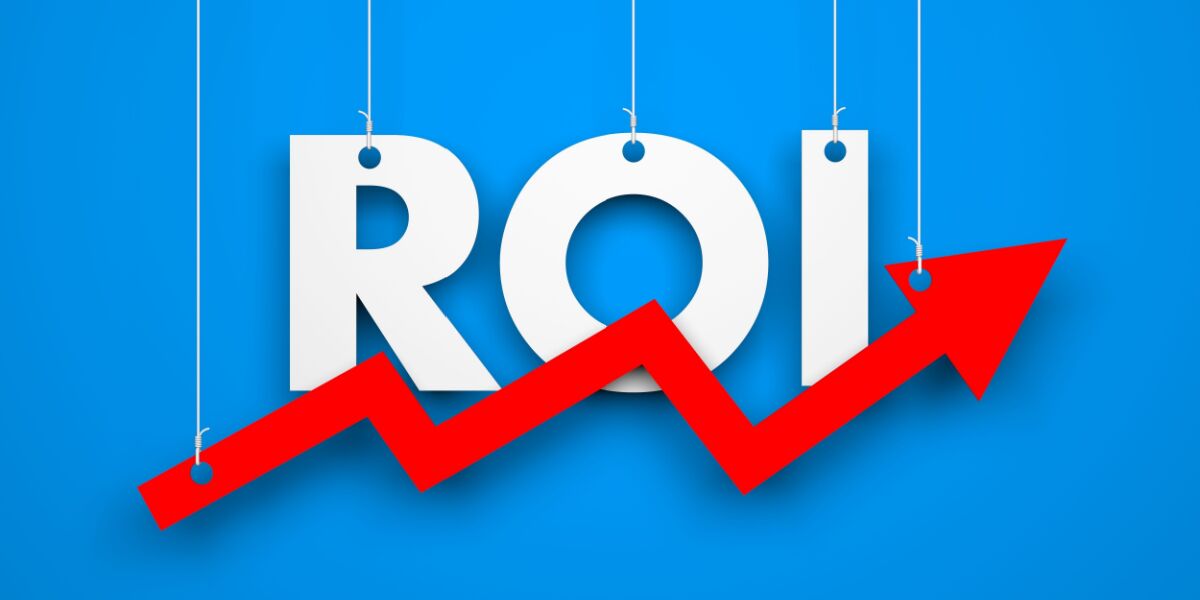Unlocking the True ROI of Win-Loss Analysis
Ever wonder why your cutting-edge SaaS solution isn’t gaining traction? Or why your sales team’s win rate is stuck in neutral? Win-loss analysis is, without a doubt, your secret weapon. But here’s the challenge – how do you prove it’s worth the investment?
Buckle up, SaaS leaders. We’re about to dive deep into the ROI of win-loss analysis. No fluff, no jargon – just hard numbers that’ll make your CFO’s eyes light up.

Win-loss analysis isn’t just another business intelligence tool – it’s a growth accelerator. Focus on key metrics, and you’ll have hard proof of your program’s value in the SaaS ecosystem.
The Hidden Cost of Flying Blind in SaaS
Before we crunch the numbers, let’s talk about what you’re losing without win-loss analysis. It’s not pretty, folks.
Did you know that 75% of B2B SaaS companies are working with faulty CRM data? That’s like trying to optimize your software with corrupted code. You’re setting yourself up for failure before you even begin.
Here’s what that looks like in the SaaS world:
- Your sales team is losing deals and can’t pinpoint why.
- Your customer acquisition cost (CAC) is through the roof because you’re targeting the wrong leads.
- Competitors are snagging your ideal customers because they understand pain points better.
- Your churn rate is climbing faster than your MRR.
The longer you wait to implement a win-loss program, the further behind you fall in the SaaS race. It’s not just about lost revenue – it’s about lost market share and missed opportunities for product-market fit.
5 Must-Track Metrics for SaaS Win-Loss ROI
Let’s get down to brass tacks. Here are the five key metrics you need to focus on to prove your win-loss program’s worth in the SaaS space:
1. Win Rate Boost
This one’s crucial in SaaS, where even a small uptick can mean exponential growth. Win-loss analysis helps pinpoint why deals are won or lost, offering insights to adjust sales pitches, target better-fit prospects, and improve sales training.
Formula: (New Win Rate – Old Win Rate) × Average Annual Contract Value (ACV) × Number of Opportunities
Let’s say your win-loss ratio improves from 1:4 to 1:3. You’ve got 100 opportunities a year, and your average ACV is $50,000. That’s an extra $250,000 in ARR. Not too shabby for a little analysis, right?
How Win-Loss Helps: Win-loss analysis reveals deal-specific reasons for success or failure, such as pricing objections, feature gaps, or messaging misalignment. By addressing these factors, you increase your chances of closing more deals.
2. Sales Cycle Acceleration
In SaaS, time-to-close is critical. Win-loss insights help streamline your sales process by identifying stages where deals get bogged down. Armed with this data, sales teams can eliminate friction points and move deals forward faster.
Formula: (Old Sales Cycle – New Sales Cycle) × Number of Deals × (ACV / Old Sales Cycle)
If you shave 15 days off a 90-day cycle, close 50 deals a year at $50,000 ACV each, you’re looking at an extra $41,666 in annual revenue. That’s acceleration you can take to the bank.
How Win-Loss Helps: By analyzing the delays in your sales cycle – perhaps due to unclear messaging or internal inefficiencies – you can address bottlenecks, resulting in faster deal closures and more revenue within the same period.
3. Customer Lifetime Value (CLV) Surge
In the subscription economy, CLV is king. Win-loss analysis helps identify patterns among your highest-value customers, enabling you to tailor your product, support, and messaging to attract and retain more of these ideal profiles.
Formula: (New CLV – Old CLV) × Number of New Customers
Bump your average CLV from $100,000 to $120,000, with 50 new customers a year, and you’ve just added a cool million to your long-term value. That’s the power of understanding your wins and losses in SaaS.
How Win-Loss Helps: By studying why your best customers chose you – and why others didn’t – you can fine-tune your marketing, sales, and onboarding processes to attract and keep high-value customers, thus boosting CLV.
4. Churn Reduction Savings
In SaaS, keeping customers is just as important as acquiring them. Win-loss insights help you plug the leaks in your bucket by ensuring you’re bringing in the right customers in the first place, leading to lower churn rates.
Formula: Reduction in Churn Rate × Number of Customers × Average ACV
Cut churn from 10% to 8% annually, with 1,000 customers at $50,000 ACV each, and you’ve just saved $1,000,000 in ARR. That’s a lot of recurring revenue saved, thanks to your win-loss program.
How Win-Loss Helps: By understanding why certain customers leave and addressing those issues early (e.g., unmet expectations, poor onboarding), you can reduce churn and lock in more predictable recurring revenue.
5. CAC Efficiency Gains
Win-loss analysis helps you focus your acquisition efforts where they count. No more wasted ad spend or misaligned marketing messages. Instead, you’ll target prospects that are a better fit and likely to convert.
Formula: (Old CAC – New CAC) × Number of New Customers
Drop your CAC from $10,000 to $8,000, acquiring 100 new customers a year, and you’ve just saved $200,000. That’s money back in your growth budget, all thanks to insights from your win-loss interviews.
How Win-Loss Helps: By revealing which channels, messages, and customer profiles generate the best ROI, you can optimize your marketing spend, reducing acquisition costs and improving customer quality.

Putting It All Together: Your Total SaaS Win-Loss ROI
Now for the grand finale. Add up all those benefits and divide by what you’re spending on your win-loss program.
Formula: (Total Benefits – Program Cost) / Program Cost × 100
Let’s say your total benefits hit $2,491,666 (using our earlier examples), and your program costs $200,000 a year. Your ROI? An impressive 1146%.
ROI = ($2,491,666 – $200,000) / $200,000 × 100 = 1146%
Try arguing with those numbers at your next board meeting. That’s the kind of competitive advantage that makes VCs sit up and take notice.
Beyond the Numbers:
Qualitative Benefits of Win-Loss Analysis
While the ROI numbers are impressive, don’t overlook the qualitative benefits of a robust win-loss program:
- Product-Market Fit Acceleration: Gain insights to refine your product roadmap and accelerate time-to-market for new features.
- Competitive Intelligence: Understand your position in the market and stay ahead of emerging competitors.
- Sales Enablement: Arm your team with real-world objection handling strategies and tailored value propositions.
- Customer Success Optimization: Identify early warning signs of churn and create proactive retention strategies.
- Marketing Message Refinement: Craft compelling narratives that resonate with your ideal customer profile.
Implementing Your Win-Loss Program: Best Practices
Ready to get started? Here are some tips to ensure your win-loss program delivers maximum ROI:
- Use a third-party interviewer: Remove bias and get more honest feedback by having an impartial party conduct win-loss interviews.
- Establish a regular cadence: Don’t wait for a crisis. Set up quarterly reviews to stay ahead of market trends.
- Close the loop: Share insights across departments and create action plans based on your findings.
Burning Questions, Answered
Q: How long until I see results from my win-loss program?
A: You’ll start getting insights immediately, but the big financial payoff usually hits around 6-12 months in. SaaS is a long game, and win-loss analysis is no different.
Q: What if my company is too small for this?
A: Size doesn’t matter here. Even early-stage startups can benefit from understanding their wins and losses. Start small, focus on key deals, and scale up as you grow.
Q: How do I conduct win-loss analysis effectively in a high-velocity sales model?
A: Focus on key deals and use automated surveys for smaller transactions. Prioritize in-depth interviews for strategic accounts and significant losses.
In today’s competitive SaaS landscape, win-loss data is your compass.
Final Thoughts:
The Bottom Line for SaaS Leaders
Win-loss analysis isn’t just another business intelligence tool. It’s a growth accelerator when done right. Focus on these five metrics, and you’ll have hard proof of your program’s value in the SaaS ecosystem.
In today’s competitive SaaS landscape, win-loss data is your compass. Don’t leave ARR on the table by guessing. Dive into win-loss analysis, do the math, and watch your key SaaS metrics soar.
Ready to level up? Check out our guide on “Mastering Win-Loss Interviews in SaaS” for step-by-step tips on conducting your own internal win-loss program.
Now go make some recurring revenue. Your path to SaaS dominance starts with understanding every win and loss.